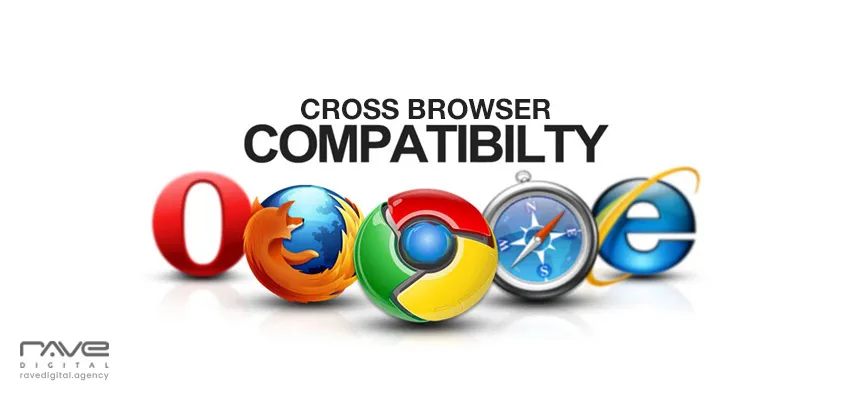News Blast: Your Daily Update
Stay informed with the latest news and trends.
Crossing the Browser Bridge: Navigating Compatibility Chaos
Discover how to conquer browser compatibility chaos and ensure your website shines across all platforms! Don't miss these essential tips!
Understanding Cross-Browser Compatibility: Key Challenges and Solutions
Understanding cross-browser compatibility is essential for delivering a consistent user experience across different web browsers. One of the primary challenges developers face is the varying levels of support for web standards like HTML, CSS, and JavaScript. Each browser interprets these standards uniquely, which can lead to discrepancies in how a website is displayed or functions. For instance, a layout that appears flawless in Chrome might break in Firefox or Safari, making it crucial to test your website across multiple platforms and devices. Additionally, legacy browsers may not support modern features, necessitating graceful degradation or progressive enhancement strategies to ensure a functional experience for all users.
To tackle the challenges of cross-browser compatibility, developers can adopt several effective solutions. Firstly, implementing a robust testing framework that incorporates tools like BrowserStack or Sauce Labs can help identify compatibility issues early in the development process. Secondly, keeping up-to-date with the latest web standards and best practices is vital for minimizing compatibility problems. Utilizing CSS preprocessors such as Sass or Less can enhance style management, allowing developers to create fallback solutions for older browsers. Lastly, leveraging feature detection libraries, such as Modernizr, enables developers to apply conditional loading of scripts and styles based on the user's browsing capabilities, thus enhancing overall site functionality.

10 Essential Tools for Testing Browser Compatibility
Ensuring your website functions smoothly across different browsers is vital for providing an optimal user experience. Here are 10 essential tools for testing browser compatibility that can help you identify inconsistencies and resolve them effectively:
- BrowserStack
- Sauce Labs
- CrossBrowserTesting
- LambdaTest
- Stack Browser
- Ghostlab
- TestComplete
- Comparium
- Browsershots
- Browserling
Each of these tools offers unique features tailored for smooth browser compatibility testing. For example, tools like BrowserStack and Sauce Labs provide real-time testing on multiple devices, while Comparium offers quick screenshots across different browsers. By utilizing these 10 essential tools, you can streamline the compatibility testing process, minimize user frustrations, and enhance the overall functionality of your website.
Why Does My Website Look Different Across Browsers?
One common question among website owners is, Why does my website look different across browsers? The answer lies in how different web browsers interpret HTML, CSS, and JavaScript. Each browser has its own rendering engine, which processes and displays your website's code in its unique way. This can lead to discrepancies in layout, font rendering, and visual styles. For instance, Google Chrome, Mozilla Firefox, and Safari may handle specific styles or scripts differently due to their distinct engines, namely Blink, Gecko, and WebKit respectively.
Besides the differences in rendering engines, browser compatibility is also influenced by several factors including the versions of the browsers, user settings, and even the operating system being used. Additionally, the way your website is coded can greatly affect its appearance. For example, using CSS Grid or Flexbox may not be fully supported in older browsers, leading to layout issues. To ensure a more consistent experience across different browsers, it's crucial to perform cross-browser testing and incorporate responsive design practices that cater to a wide range of devices.